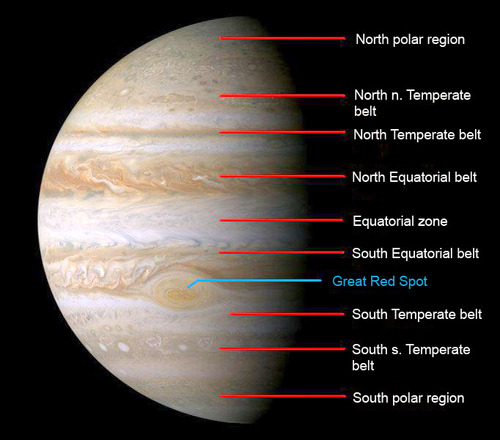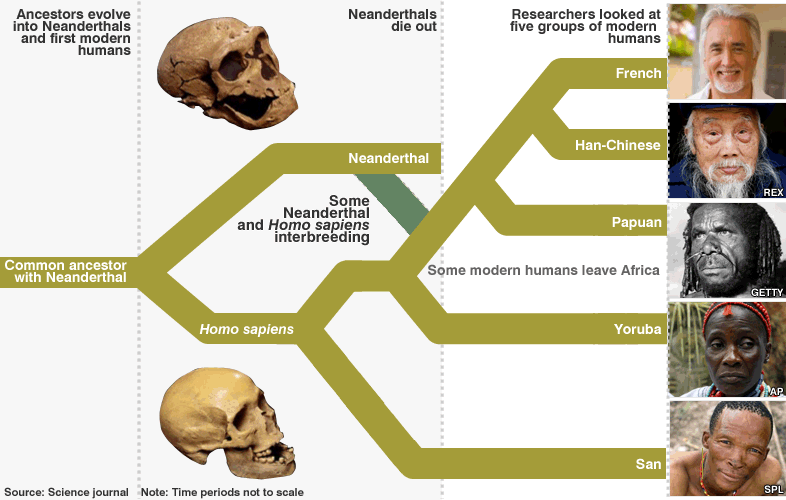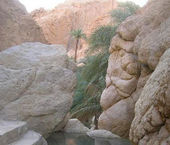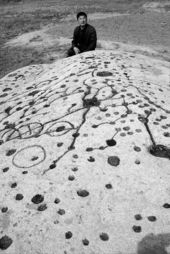
Last winter changes were already underway as the South Equatorial Belt, one of the two most prominent dark "stripes" on the planet, began to fade. Most years you look at Jupiter and besides the four little moons lined up on one side or another of the planet, you'll see two prominent dark grey bands, the north and south equatorial belts. These and Jupiter's other belts are separated by lighter-colored zones giving it a striped appearance. Both belts and zones are composed of ammonia ice crystals which freeze out at 108 degrees below zero, a temperature easily attainable at Jupiter's half-billion mile distance from the sun. Materials like sulfur and phosphorus mixed in with the ammonia are believed responsible for creating the clouds' curious red, brown and yellow tints.
Watch Jupiter rotate and its cloud belts move with the winds. The time-lapse video below was made using images shot during Voyager 1's flyby of the planet in 1979.









